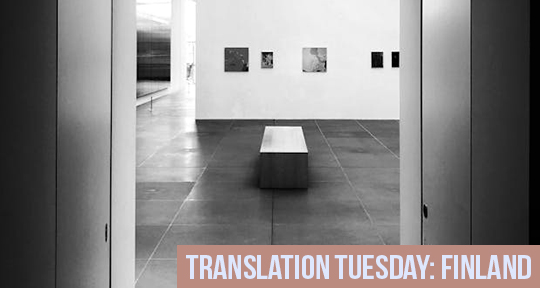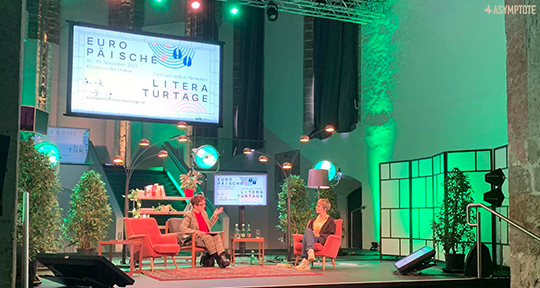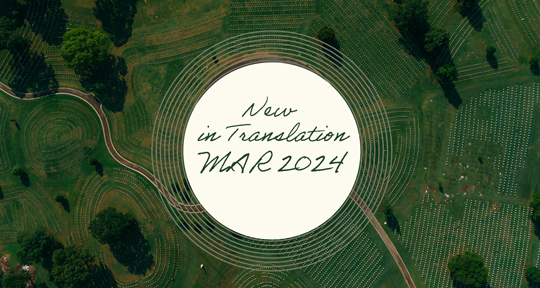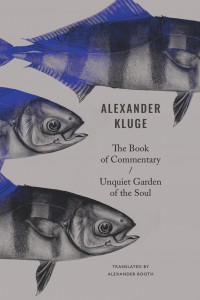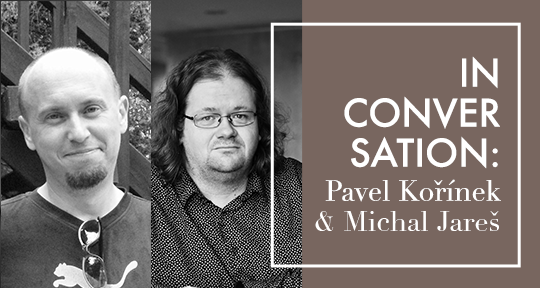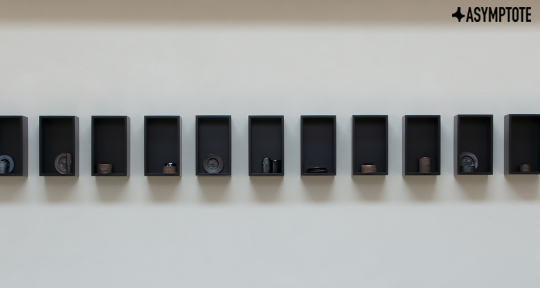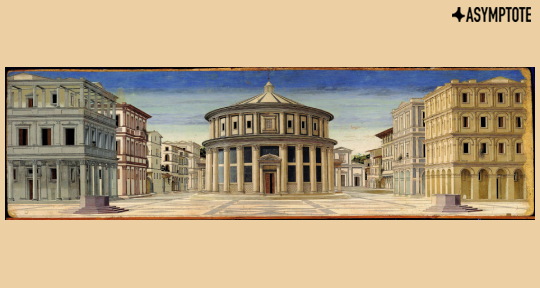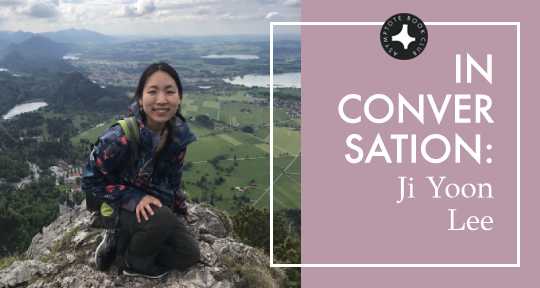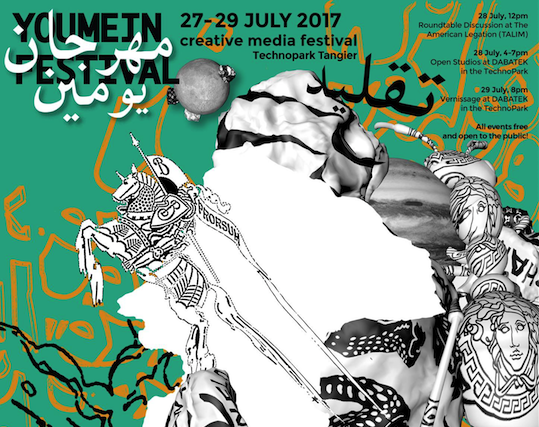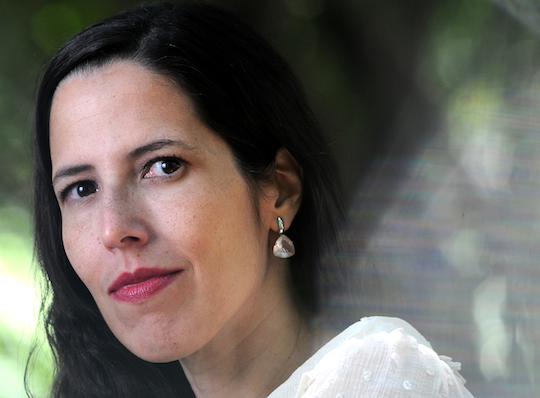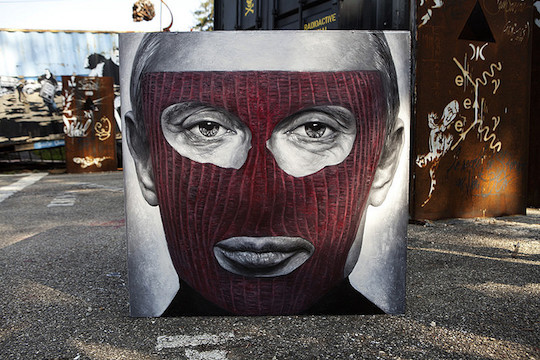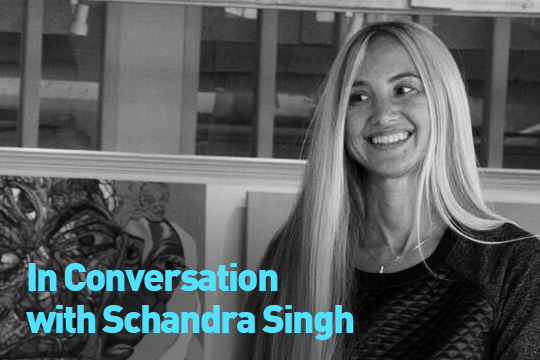What’s the longest you’ve ever gone without sleeping? 50 hours? 70? What about 200? In this week’s Translation Tuesday, the unnamed protagonist of Maisku Myllymäki‘s novel The Guard has been awake so long they have to write the day of the week on their hand to remember that it’s Sunday. Yet in spite of their insomnia, they remain almost hypnotically attentive: to the pilasters of columns and poorly-named green paint in the atrium of the museum where they work, to the remembered touch of their boyfriend, to the asinine behavior of museum-goers and to the strange effect of social media on personal identity. Translated into deft and subtle prose by Tabatha Leggett, this excerpt is sure to leave you eagerly awaiting a full translation of the novel. Read on!
It’s December 9, the final day of the exhibition. Tomorrow, the people in dark blue and sand grey coloured overalls will pack it all away. They’ll destroy the setting in which Peter and I first met eight months ago. They’ll wrap the artworks in paper and protective plastic sheeting and pack them into bespoke wooden chests. This is meticulous work. The art will be handled with the kind of deep tenderness very few living beings ever truly experience. Sometimes Peter touches me that way.
Once the artworks have been packed into their respective chests, they’ll be carried out of these halls. The heaviest chests will be lowered to the ground by crane. After, they’ll be sent to new halls, new exhibition spaces. They’ll traverse the sea, cross city and country borders. They’ll see things I never will. And soon, new sets of eyes will see them.
I’m sitting on a tall, black stool in the corner—the very stool on which I’ve spent countless hours sitting these past eight months and long before, supervising different artworks, different kinds of exhibition. It’s hard to remember exactly how long I’ve worked here. It’s the kind of job where nothing really gets done, no progress is made during the hours I spend in this hall. For me, a regular work day is one in which nothing extraordinary happens. In that sense, you might compare my job to that of a lifeguard.

